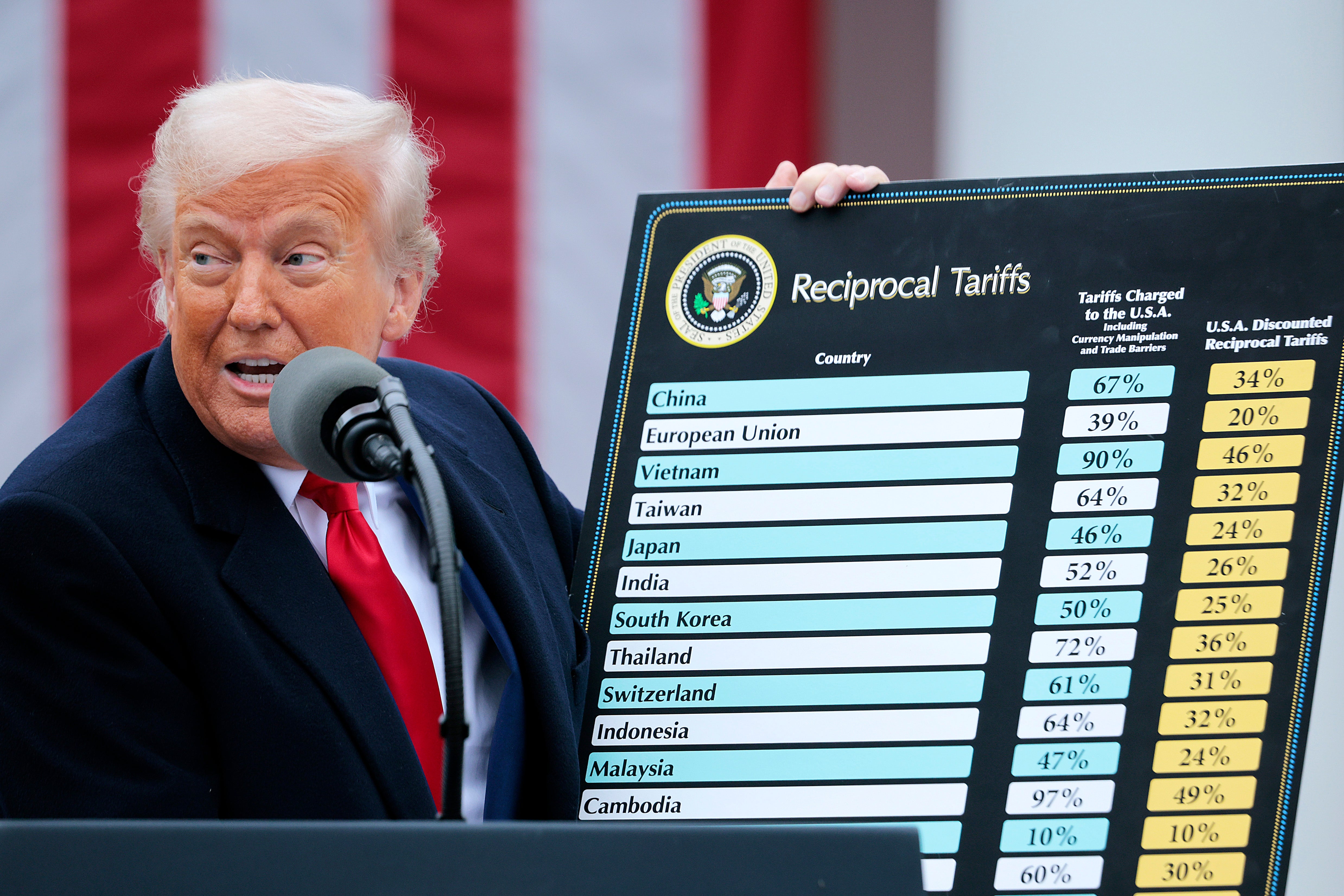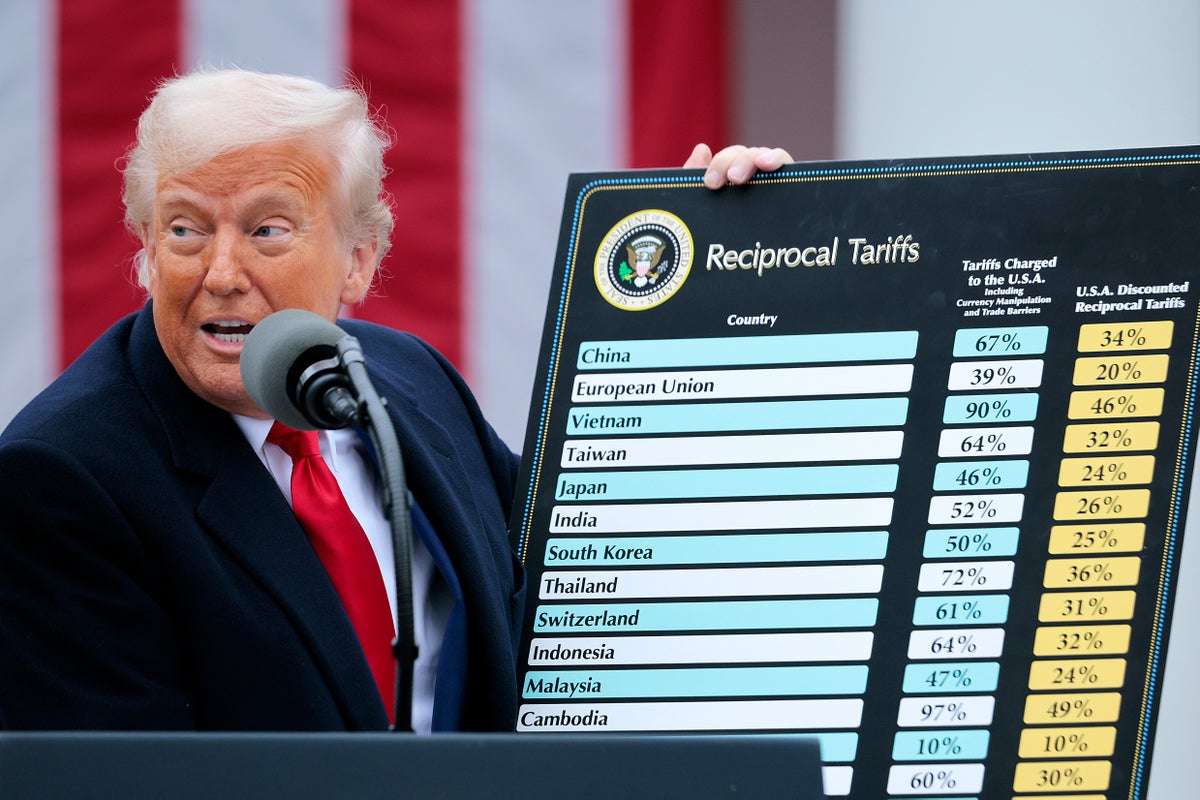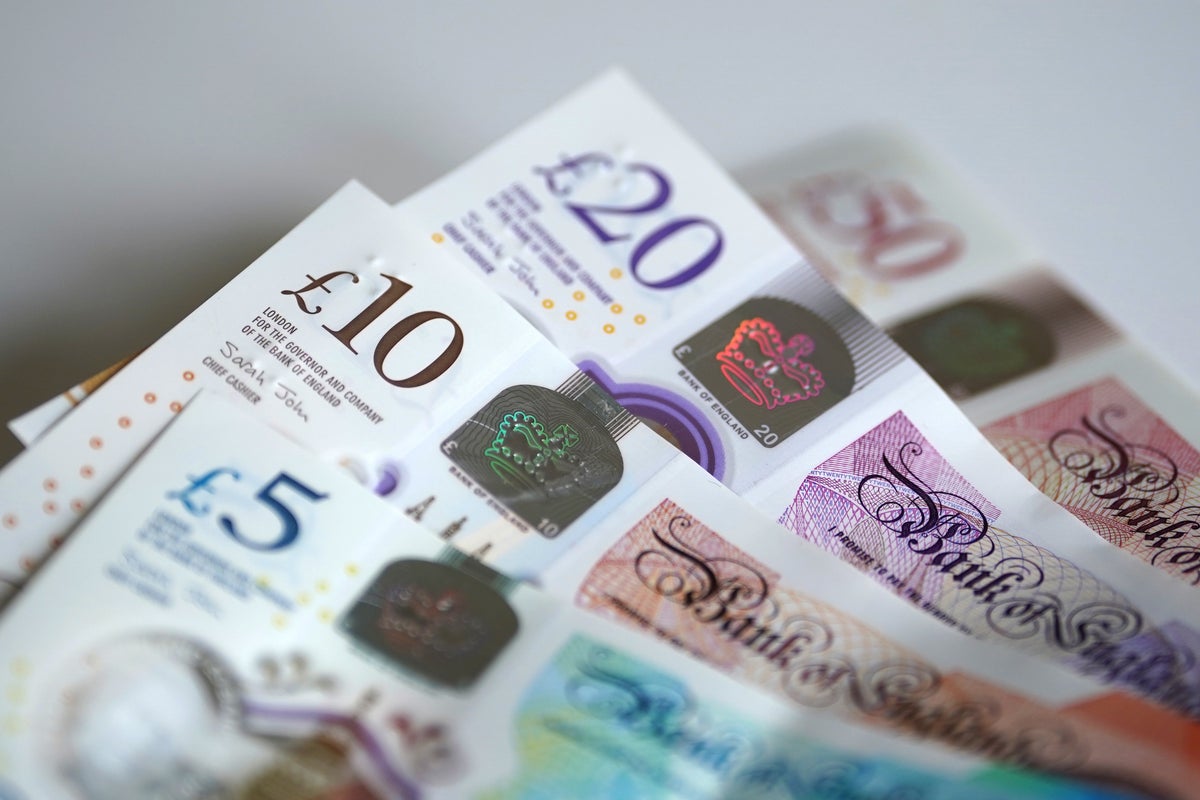Donald Trump’s higher tariff rates on dozens of trading partners have come into effect, marking a significant development in his reshaping of global trade.
These measures include potential tariffs of up to 200 per cent on pharmaceutical imports and a 100 per cent import tax on computer chips.
Most U.S. imports of copper, steel, and aluminium are now subject to a 50% duty.
Significant uncertainty persists, with no agreement yet reached on tariffs for products from China.
India also faces a potential 50% tariff, as the U.S. pressures the nation to cease oil purchases from Russia.
Recent data indicates uncertainty is now clouding the outlook for global exporters, as the rush to beat the tariffs during a pause for negotiation tapers off. Companies are reporting billions of dollars in higher costs or losses due to these increased import duties.
Despite the economic pressures, global financial markets took Thursday’s tariff adjustments in stride, with Asian shares and U.S. futures mostly higher.

The tariffs taking effect this week
The tariffs announced on August 1 apply to 66 countries, Taiwan and the Falkland Islands. They are a revised version of what Trump called “reciprocal tariffs,” announced on April 2: import taxes of up to 50% on goods from countries that have a trade surplus with the United States, along with 10% “baseline’’ taxes on almost everyone else. That move triggered sell-offs in financial markets and Trump backtracked to allow time for trade talks.
The president has bypassed Congress, which has authority over taxes, by invoking a 1977 law to declare the trade deficit a national emergency. That’s being challenged in court, but the revised tariffs still took effect.
To keep their access to the huge American market, major trading partners have struck deals with Trump. The United Kingdom agreed to 10% tariffs and the European Union, South Korea and Japan accepted U.S. tariffs of 15%. Those are much higher than the low single-digit rates they paid last year, but down from the 30% Trump had ordered for the EU and the 25% he ordered for Japan.
Countries in Africa and Asia are mostly facing lower rates than the ones Trump decreed in April. Thailand, Pakistan, South Korea, Vietnam, Indonesia and the Philippines cut deals with Trump, settling for rates of around 20%.
Indonesia views its 19% tariff deal as a leg up against exporters in other countries that will have to pay slightly more, said Fithra Faisal Hastiadi, a spokesperson in the Indonesian president’s office.
“We were competing against Vietnam, India, Bangladesh, Sri Lanka and China … and they are all subject to higher reciprocal tariffs,” Hastiadi said. “We believe we will stay competitive.”

The latest situation for China and India
Trump has yet to announce whether he will extend an August 12 deadline for reaching a trade agreement with China that would forestall earlier threats of tariffs of up to 245%.
Treasury Secretary Scott Bessent said the president is deciding about another 90-day delay to allow time to work out details of an agreement setting tariffs on most products at 50%, including extra import duties related to illicit trade in fentanyl.
Higher import taxes on small parcels from China have hurt smaller factories and layoffs have accelerated, leaving some 200 million workers reliant on “flexible work” — the gig economy — for their livelihoods, the government estimates.
India also has no broad trade agreement with Trump. On Wednesday, Trump he signed an executive order placing an extra 25% tariff for its purchases of Russian oil, bringing combined U.S. tariffs to 50%.
India’s Foreign Ministry has stood firm, saying it began importing oil from Russia because traditional supplies were diverted to Europe after the outbreak of the Ukraine conflict, a “necessity compelled by the global market situation.”

The hardest-hit countries
Struggling, impoverished Laos and war-torn Myanmar and Syria face 40-41% rates.
Trump whacked Brazil with a 50% import tax largely because he is unhappy with its treatment of former Brazilian President Jair Bolsonaro.
South Africa said the steep 30% rate Trump has ordered on the exporter of precious gems and metals has put 30,000 jobs at risk and left the country scrambling to find new markets outside the United States.
Even wealthy Switzerland is under the gun. Swiss officials were visiting Washington this week to try to stave off a whopping 39% tariff on U.S. imports of its chocolate, watches and other products. The rate is over 2 1/2 times the 15% rate on European Union goods exported to the United States.
Canada and Mexico have their own arrangements
Goods that comply with the 2020 United States-Mexico-Canada Agreement that Trump negotiated during his first term are excluded from the tariffs.
Even though U.S. neighbor and ally Canada was hit by a 35% tariff after it defied Trump, a staunch supporter of Israeli Prime Minister Benjamin Netanyahu, by saying it would recognize a Palestinian state, nearly all of its exports to the U.S. remain duty free.
Canada’s central bank says 100% of energy exports and 95% of other exports are compliant with the agreement since regional rules mean Canadian and Mexico companies can claim preferential treatment.
The slice of Mexican exports not covered by the USMCA is subject to a 25% tariff, down from an earlier rate of 30%, during a 90-day negotiating period that began last week.

The outlook for businesses
Surveys of factory managers offer monthly insights into export orders, hiring and other indicators of how businesses are faring. The latest figures in the United States and globally mostly showed conditions deteriorating.
In Japan, factory output contracted in July, purchasing activity fell and hiring slowed, according to the S&P Global Manufacturing PMI. But the data were collected before Trump announced a trade deal that cut tariffs on Japanese exports to 15% from 25%.
Similar surveys show a deterioration in manufacturing conditions worldwide, as a boost from “front loading” export orders to beat higher tariffs faded, S&P Global said. Similar measures for service industries have remained stronger, reflecting more domestic business activity. In Asia, that includes a rebound in tourism across the region.
Corporate bottom lines are also taking a hit. Honda Motor said Wednesday that it estimates the cost from higher tariffs at about $3 billion.
On top that, the U.S. economy — Trump’s trump card as the world’s biggest market — is starting to show pain from months of tariff threats.




